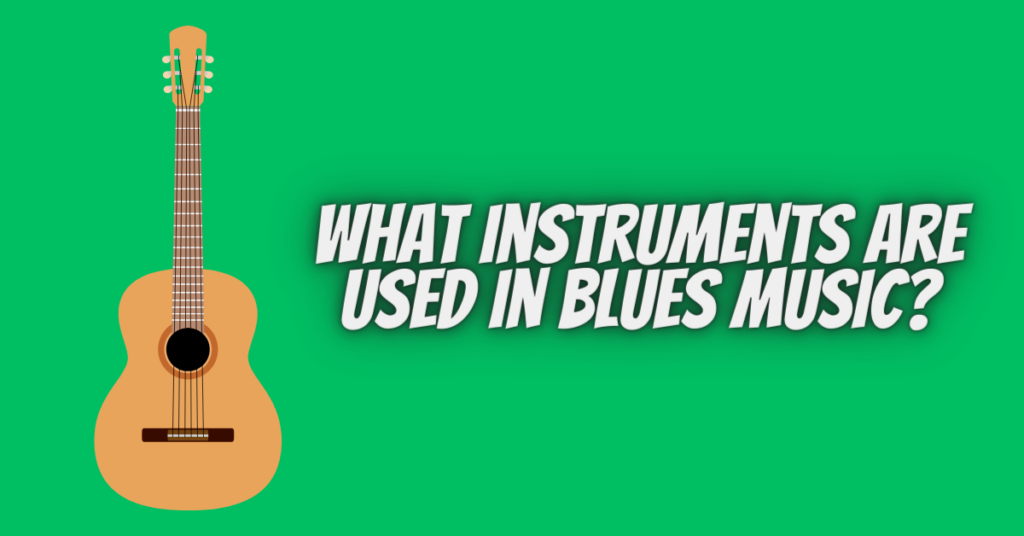Blues music, with its soulful melodies and emotive lyrics, has a rich history rooted in African-American culture. One of the key factors that give blues its distinctive sound is the variety of musical instruments used. In this article, we will explore the instruments that have become synonymous with the blues, shaping its unique character and making it a genre cherished worldwide.
1. Guitar:
The guitar is undoubtedly the backbone of blues music. Both acoustic and electric guitars are commonly used in blues, with electric guitars becoming particularly prominent in the genre’s evolution. Blues guitarists are known for their expressive playing styles, incorporating techniques like bending, sliding, and vibrato to create the characteristic “blue notes.” Blues guitarists often use both fingerpicking and flatpicking techniques, adding a layer of complexity to their sound.
2. Harmonica:
The harmonica, or blues harp, is another iconic instrument in blues music. Played by blowing or drawing air through reeds while blocking certain holes with the mouth and tongue, the harmonica produces soulful and mournful tones that perfectly complement the blues genre. Harmonicas are often featured in both acoustic and electric blues performances, adding a distinctive and melancholic sound to the music.
3. Piano:
The piano brings a rich and vibrant element to blues music. In the early days of blues, pianos were prevalent in juke joints and speakeasies, where blues musicians would entertain the audience. Piano blues players use a mix of boogie-woogie, ragtime, and blues scales to create intricate and lively melodies. The piano’s versatility allows musicians to play both slow, heartfelt ballads and energetic, up-tempo blues numbers.
4. Bass Guitar:
The bass guitar provides the essential rhythmic foundation in blues music. Bassists create deep, resonant tones that form the backbone of the blues groove. By establishing the rhythm and providing a solid harmonic foundation, the bass guitar complements the guitar and other melodic instruments, enhancing the overall depth and complexity of blues compositions.
5. Drums:
Drums play a crucial role in shaping the rhythm and intensity of blues music. Drummers use a variety of techniques, such as syncopation and improvisation, to create dynamic and expressive drum patterns. In electric blues and blues-rock genres, drummers often use a full drum kit, incorporating elements of jazz and rock drumming to add energy and drive to the music.
6. Saxophone:
While not as common as the previously mentioned instruments, the saxophone has been featured prominently in certain styles of blues, particularly in jump blues and blues jazz. The saxophone adds a brassy and soulful quality to blues music, with its smooth, melodic lines enhancing the genre’s emotional depth.
Conclusion
The instruments used in blues music are not merely tools of expression; they are the very essence of the genre’s soulful sound. From the evocative wails of the guitar to the mournful tones of the harmonica, each instrument brings its unique voice to the blues narrative. The interplay of these instruments, coupled with the heartfelt lyrics, captures the essence of the blues—a musical genre that continues to resonate with audiences, carrying the legacy of its origins into the modern era.

